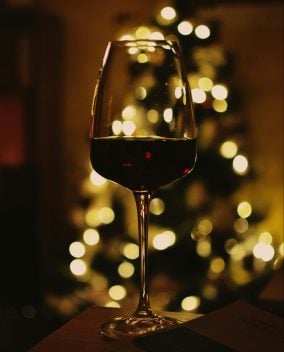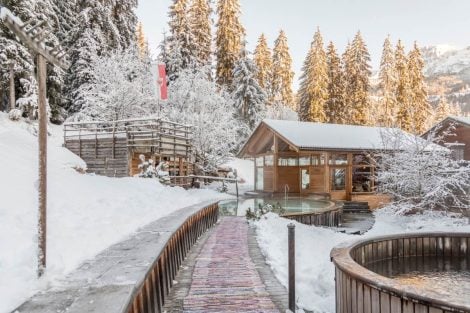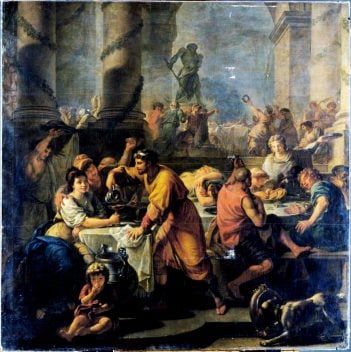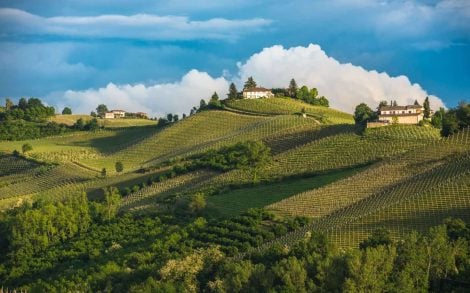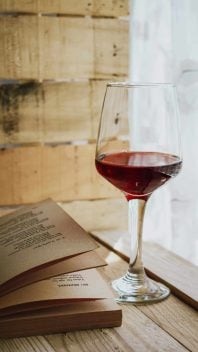It’s called Locarno, like the Swiss city, because that’s where the hotel’s founders came from. A name chosen partly out of nostalgia, partly for that exotic touch that could enhance its appeal. It’s 1925 – a Holy Year, as 2025 also is – and the hotel makes its debut as a "first-class" or "maison of the first order" (according to the period’s classification, equivalent to today’s five stars). To advertise it, the owners commissioned a poster – today the hotel’s beautiful Art Nouveau-style logo – from Anselmo Ballester, a famous illustrator of silent films and Hollywood’s great masterpieces, which secured the attention of the film industry; it quickly established itself as a key address for the stars of the time. And so it continued until the looming war, when the hotel was occupied: first by the Germans, then the Americans. They set up pinball machines and table football in the bar, and locals say that once the war finally ended, kids would come to play. This is recounted by Caterina Valente, the hotel’s current owner. It is now an independent five-star hotel, the result of a wholly female-led entrepreneurial story.
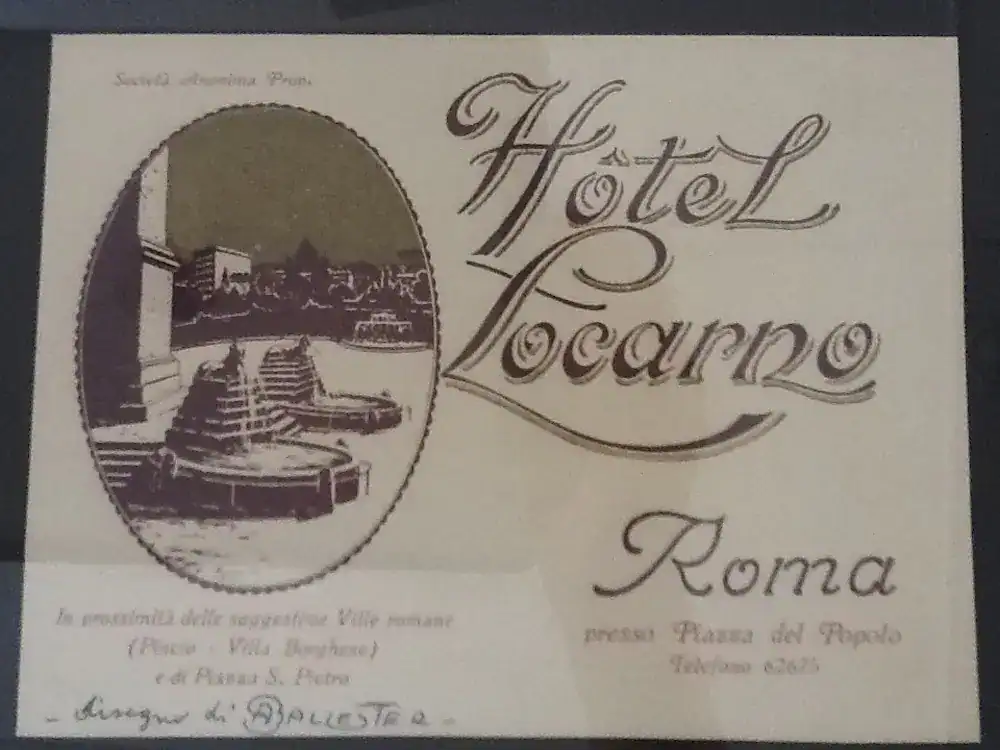
A new life
The post-war period was tough, the economy still in tatters, and the Locarno Hotel seemed doomed: the ownership fragmented, the building increasingly run-down. Then came Maria Teresa Celli, born in 1932, separated with two young children. Enterprising, beautiful, and determined. A modern woman in a city striving to embrace the future but still hiding a conservative mentality beneath the surface. In those years, she bought small flats cheaply to renovate – tiny top-floor flats with no lifts – did them up and sold them to foreigners. One day, Celli arrived on Via della Penna to view a flat and, while waiting, noticed this somewhat decaying hotel, still full of charm. She decided to redirect her finances to purchase a small portion of it – just a few square metres on the second floor. It was the mid-1960s.
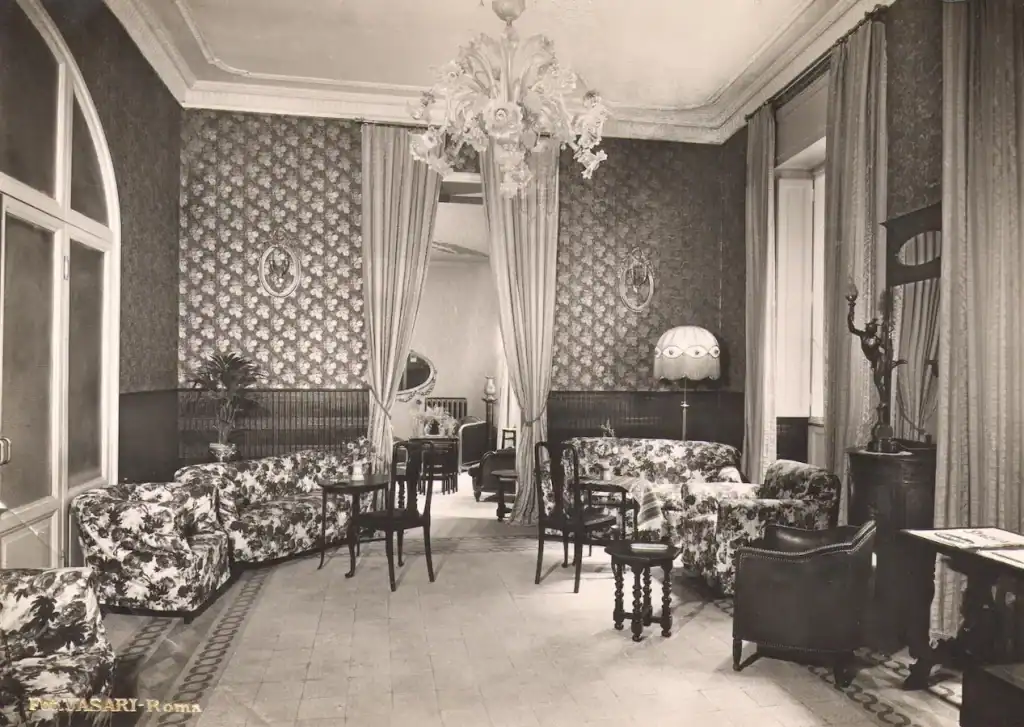
"At the time, rents were frozen to boost the economy. Monthly rates were extremely low, inflation was rampant, and renting didn’t make you any money," says Caterina Valente, Maria Teresa Celli’s daughter. A few years later, the licence holder wanted to get rid of it, and she stepped in, determined to restore the hotel to its former glory. The hotel was still operating, but it had lost its sheen; yet famous names never ceased to appear: broke, alcoholic, brilliant but slightly mad artists. There’s still talk of the drunken night of Jack Kerouac and Gregory Corso, who somehow made it back to their rooms. But it was also the time of La Dolce Vita: Cinecittà, the Hollywood on the Tiber, was drawing stars from all over the world to Rome. With the flourishing film industry, the hotel soon regained prestige: paparazzi snapped stars at the Locarno bar, while the Scuola di Piazza del Popolo dominated the art and society pages. The nearby area was a hive of artistic activity – many galleries, like Fabio Sargentini’s L’Attico and Plinio De Martiis’ La Tartaruga. It was a vibrant, chaotic, somewhat decadent, and utterly unruly society. "Every morning something happened," says Caterina Valente.
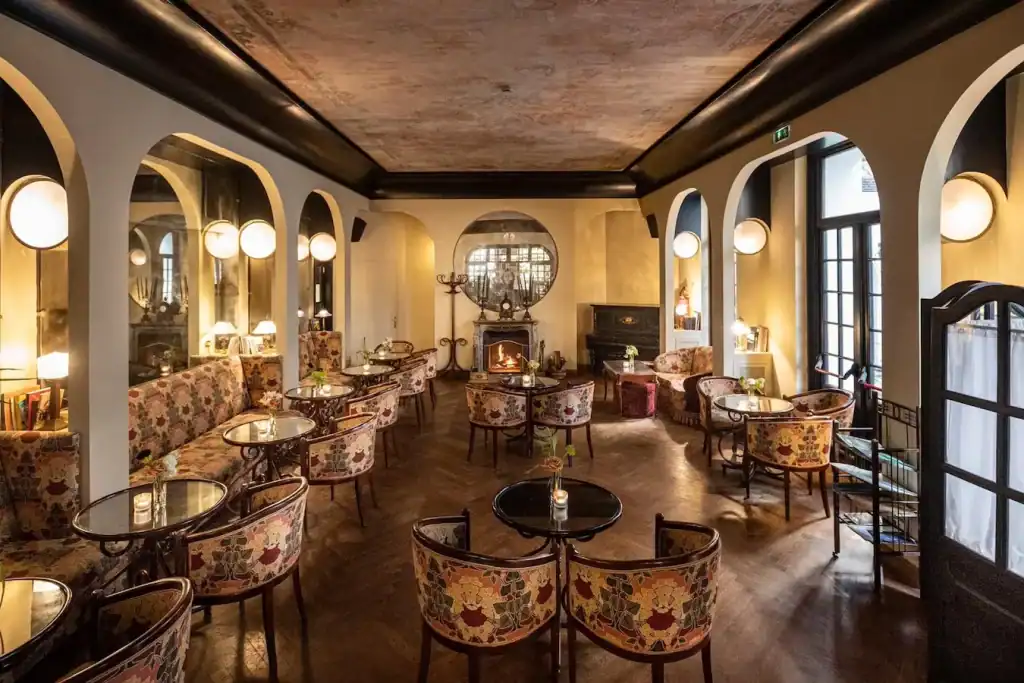
Bar Rosati and the Locarno were the go-to spots for a crowd of writers, painters, directors, actors – many passed through on their way to the Bulla brothers, the oldest lithography studio in the world.
It was a legendary era: Federico Fellini and Giulietta Masina were regulars – they lived on Via Margutta – he would spend entire days here when he wanted to work undisturbed, and she, when bored, went shopping with Carmela, the Locarno’s housekeeper, another legendary figure: she ran away to Rome to avoid a forced marriage. "Together with my mother, she’s the woman who made the Locarno." Alberto Moravia and Elsa Morante, who lived on Via dell’Oca, were also regulars. "Artists attract artists," says Valente, explaining how the Locarno quickly became a haven for creatives.
Much of the credit, though, goes to Maria Teresa Celli and her unconventional management style. She drew inspiration from the spirit of the années folles of the early 20th century – artists were welcome with all their eccentricities. There was much drinking, and drugs were also around. "My mum would ban, confiscate, keep the unruly geniuses in check," who felt at home here, free to express themselves and be who they were, protected and pampered. People came to the Locarno to drink, chat, create – some even painted in their rooms. It was a wild period: "Once, in the ‘70s, she had to dismantle a door to kick out two artists." In short: "It was hell, but we had the time of our lives. It was magnificent." Through the ‘70s and ‘80s, the hotel continued to grow. Celli began a long renovation process, aiming to preserve as much of its soul and detail as possible.
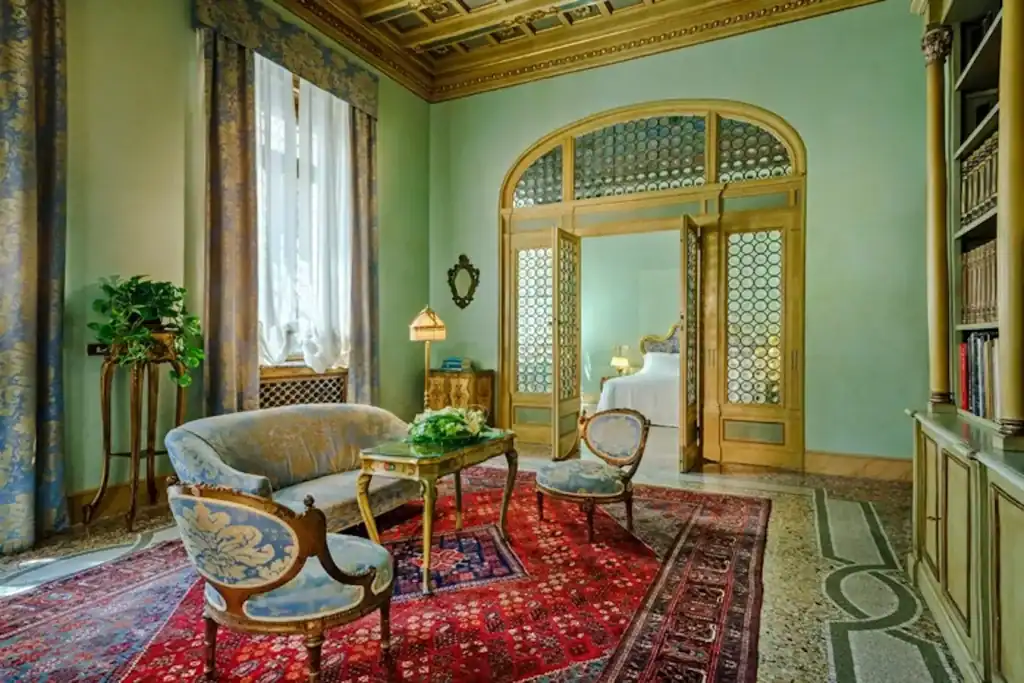
Locarno: a home for art and artists
In the 1980s, while the city centre was emptying and people were moving to suburban districts like Fleming or Appia Antica, large hotel chains began entering the Capital and American tourism surged. Celli wanted to offer the same high standards to American travellers while also creating something unique and magical – she wanted Locarno to feel like a home: every room had to be different. "It can be seen as a forerunner of the boutique hotels of the early 2000s," comments Valente. In those years, guests were even offered bicycles free of charge.
But the real hallmark of the hotel has always been its constant presence of artists: you’d enter and find a writer lying on the sofa all day, bump into the likes of Basquiat and Borges. Tano Festa once stayed here and ended up on a ledge after being terrified by fellow artists – he was afraid of ghosts. Carlo Cecchi would return late after a theatre performance and wake up equally late. Breakfast had no schedule – and still doesn’t: "Guests eat when and where they want – at the bar, in the lounges, or on the second terrace, which becomes a private space. Even at 4 p.m." Valente remembers a writer working on his book by the fireplace. After an aperitif, he asked for an amatriciana. "Back then we had a restaurant. When asked to move, he replied he was creating… In the end, he ate there. And we did away with the dining room. Now, if someone wants to eat at the bar, they can – whenever they like."
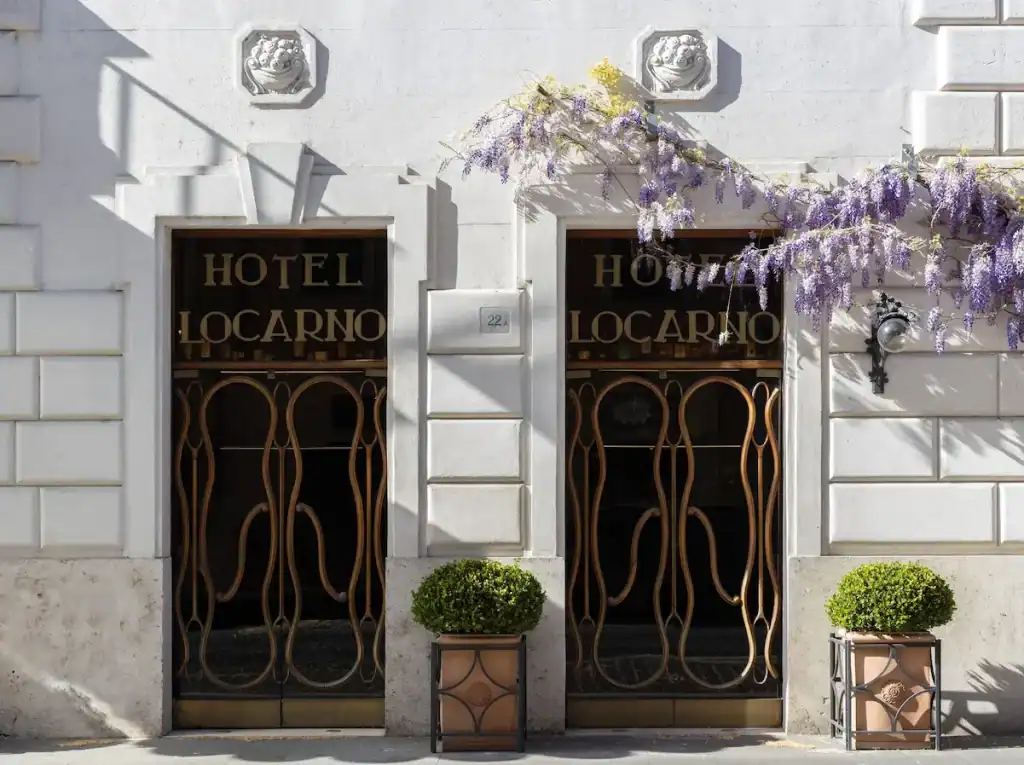
Caterina started from the bottom, working at 20. In 1993, she won – the only Italian – a scholarship for a master’s at Cornell University Hotel School. "An incredible experience," she says. When she returned to Rome, her mother entrusted her with responsibility. "It was tough – she checked up on me, but there was no competition." She brought her own management style to the staff. The Locarno kept evolving: "Mum kept everyone in line with a few words and could manage all of us. She was legendary – like the Locarno," she smiles. With an archive protected by cultural heritage authorities, two novels titled Hotel Locarno, a photography book, a film, a stage play, and many paintings set here – including work by Enzo Cucchi on the hotel poster – the Locarno is a true institution in the art world. Despite this, there are no major artworks inside: "Mum needed money, she never accepted paintings as payment – common practice at the time… otherwise, we’d have an amazing art collection." The hotel has always been a home for artists of every kind and era: "Virtually all Strega Prize winners have stayed and celebrated here." Not to mention screenwriters, filmmakers, fashion designers of every generation: from Fellini to Wes Anderson.
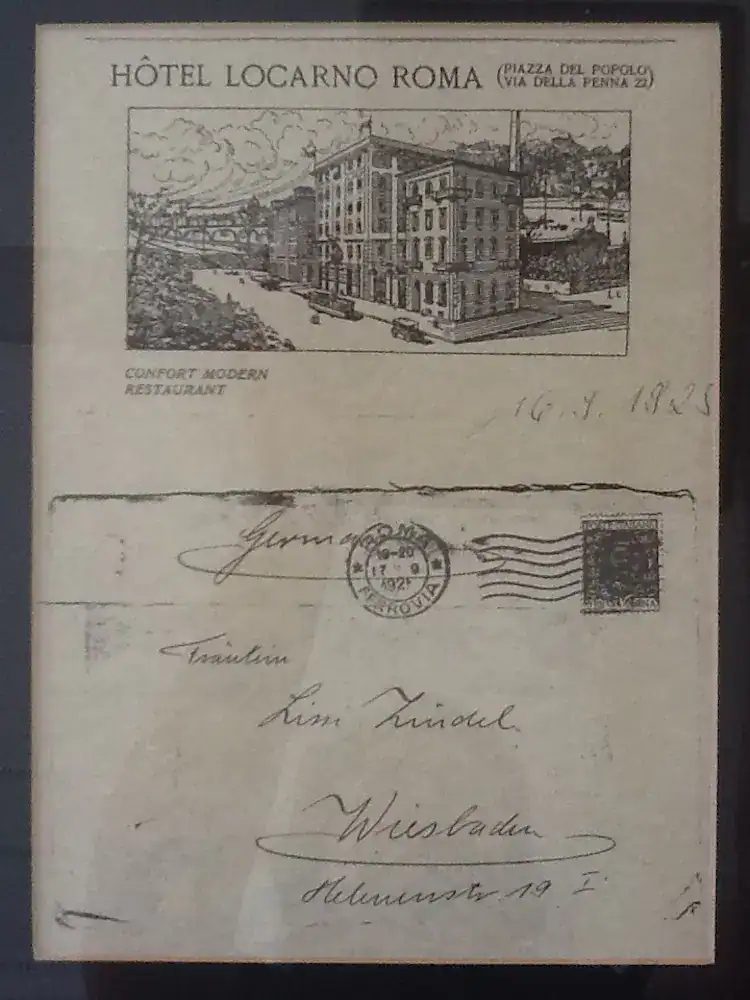
The care for detail
In the 1990s, it was a three-star hotel – "the best three-star in Rome," Gambero Rosso crowned it in 1993. The hotel continued its upward path, maintaining its identity. Renovations preserved original décor and details. "Maintenance gives you headaches," says Caterina, listing different taps in every room, antique chandeliers that are nearly impossible to fix, and early 1900s studded flooring to preserve. "Cleaning and upkeep are exhausting – but we do it with love."
During renovations, time stops: "For a 10–12 square metre bathroom, it took us four months – we redid it four times with Venetian masters because the reclaimed colour of the floor wasn’t right."
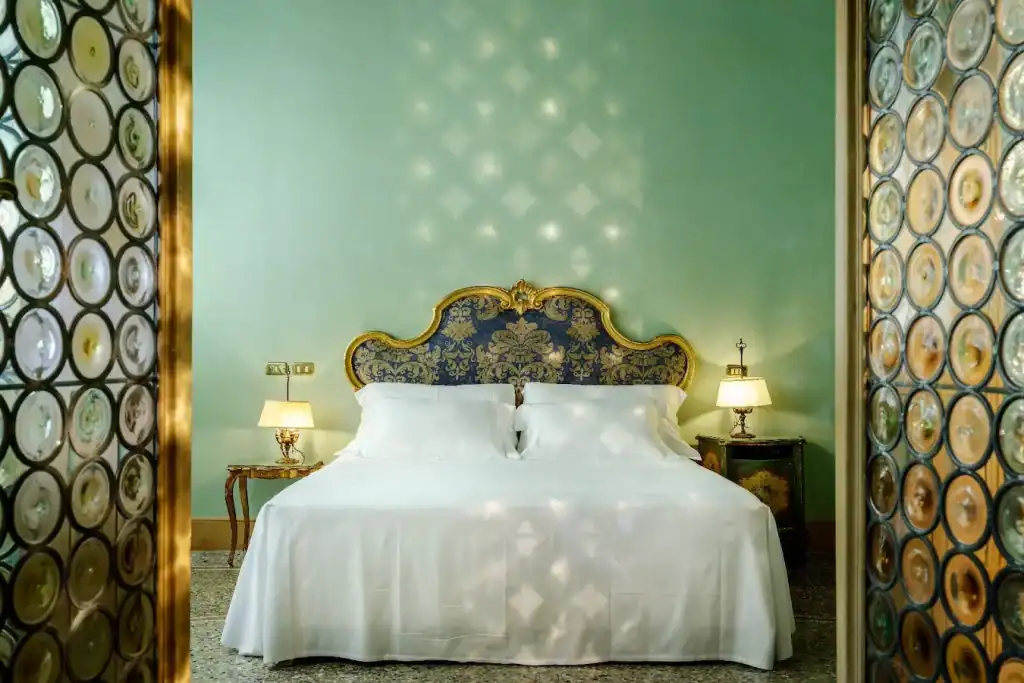
There were major works – also arduous – in 1998 when they merged a second historic building, complete with frescoes, coffered ceilings, and antique bronze handles. Then again in 2010, when they reduced the number of rooms from 67 to 49 to give more importance to the bathrooms and recreate a 1920s experience. To reassure guests, they organised a performance with two artists. "They interviewed 100 guests, had actors retell their stories, and recreated their sounds in each room using recorders." A true act of memory preservation – to ensure that greater comfort wouldn’t ruin the spirit. Artistic sensitivity remains central, even in hiring: "We ask in interviews whether candidates are interested in the art world. I give history lessons to staff, take them to visit studios, like Luigi Ontani’s, and tell them about the art scene of the ’60s – a beautiful era." Unsurprisingly, many are film or art students, who may find their first gigs right here. "But everything happens very organically: understatement attracts understatement."
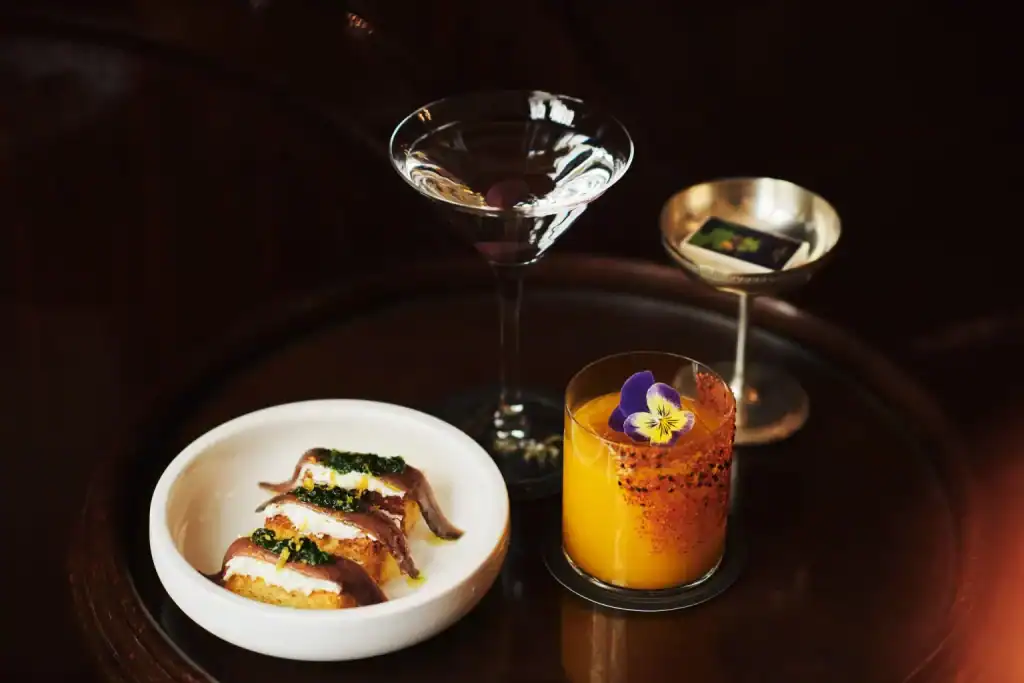
That’s the Locarno style – "a beautiful atmosphere forms; artists reconnect and become friends. Lucio Dalla used to visit often. So did Ezio Bosso – he said the Locarno was an island that made him fall in love with Rome. He had never accepted concerts here before. He was a delightful person – we were very close." Many come here to write from abroad – long-stay guests who stay for up to two months. Peter Greenaway once held a film kickoff meeting here. There was lots of noise from renovations, and he said it was like being at the dentist without the pain… Many pop in to see who’s around. They’re at home here. Some discuss a script at the bar, others drop various comments: "It amuses me – I hear all the clients’ suggestions."
Once, a guest convinced her not to build a big spa with a gym. He said: "Don’t let me see anyone walking out of this garden sweaty and in shorts – we only want to see elegant, fantastic, intellectually significant people. We want to get drunk, not be healthy. Don’t make me feel guilty for drinking." So the spa was scaled down (it’s now a small custom gym) to make room for a grand wine cellar. "This is the place for indulgence – if you want to feel healthy, go somewhere else." Guests are chic, unfashionably stylish: "Someone walks out in a purple pyjama, a giant Panama hat, and black-and-white patent shoes." The mood – with the famous covered courtyard, wrought iron, Liberty mirrors, entrance door and matching bar counter – is spot-on. A bit Midnight in Paris, a bit Dolce Vita.
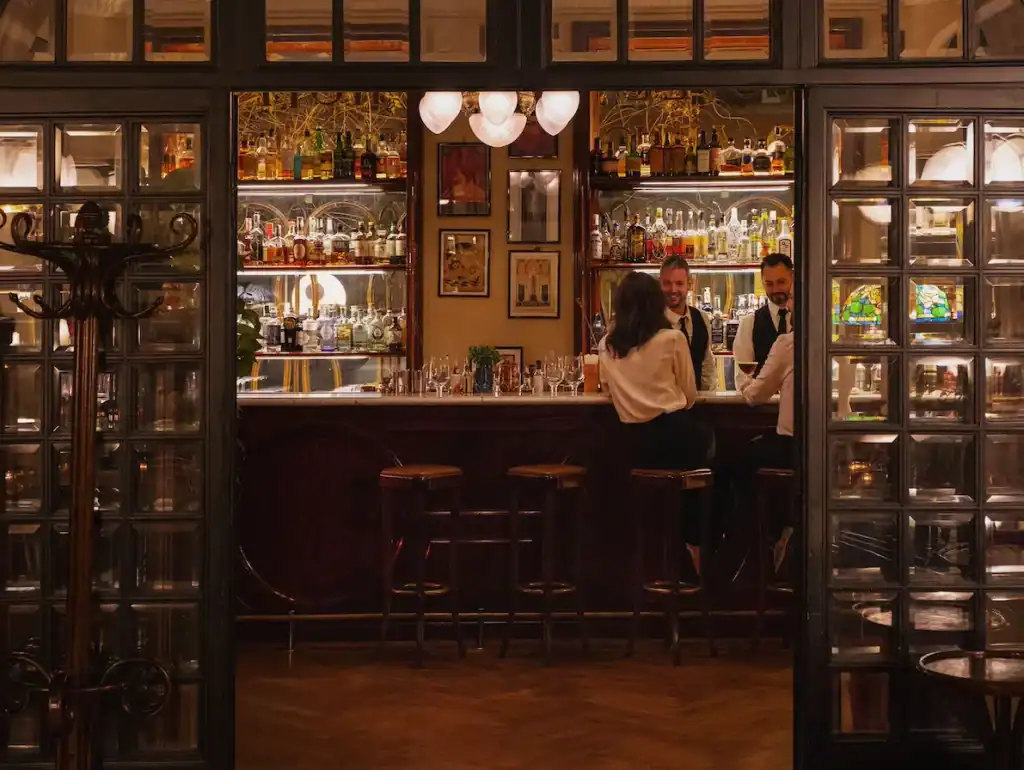
Life at the bar
The bar counter has always been one of the highlights since – long before it became a trend – they decided to focus on the bar. Back then, going to hotels wasn’t common in Rome. When they opened to the public, they spread the word among their contacts, drawing in the same creative crowd they mingled with. It didn’t take long to establish new rituals. "The Financial Times listed us among the best places in the world to drink."
The bar is in their DNA – fun, informal, and sometimes even more captivating than fine dining.
"I gave Nicholas Pinna, our barman for over a decade, just one directive: I want him to tell the story behind each drink. When someone arrives, they order what they know – maybe the usual Aperol Spritz. But for the second drink, we ask if they’d like to try something speci\xal. Our bartenders love presenting their signature cocktails." And among them is the centenary cocktail – the one that tells the Locarno’s story.
A twist on the French 75: gin, Champagne, and lemon juice – "a memory of my days sitting at the Harry’s Bar in Paris," explains Pinna – plus bay leaf and sour cherry powder (a nod to the classic Roman dessert, ricotta and sour cherry tart) and the scent of wisteria, evoking the Locarno’s garden. Thus, the barman unites Rome and the Locarno in a drink named Grande Dame. He serves it with custom bookmarks by an artist who’s part of the Locarno “family” and also illustrated the menu and cocktail list. In recent years, international rankings have continued to award it the acclaim artists from around the world have always given it.
Hotel Locarno – Roma – via della Penna 22 – +39 06 3610841 – hotellocarno.com

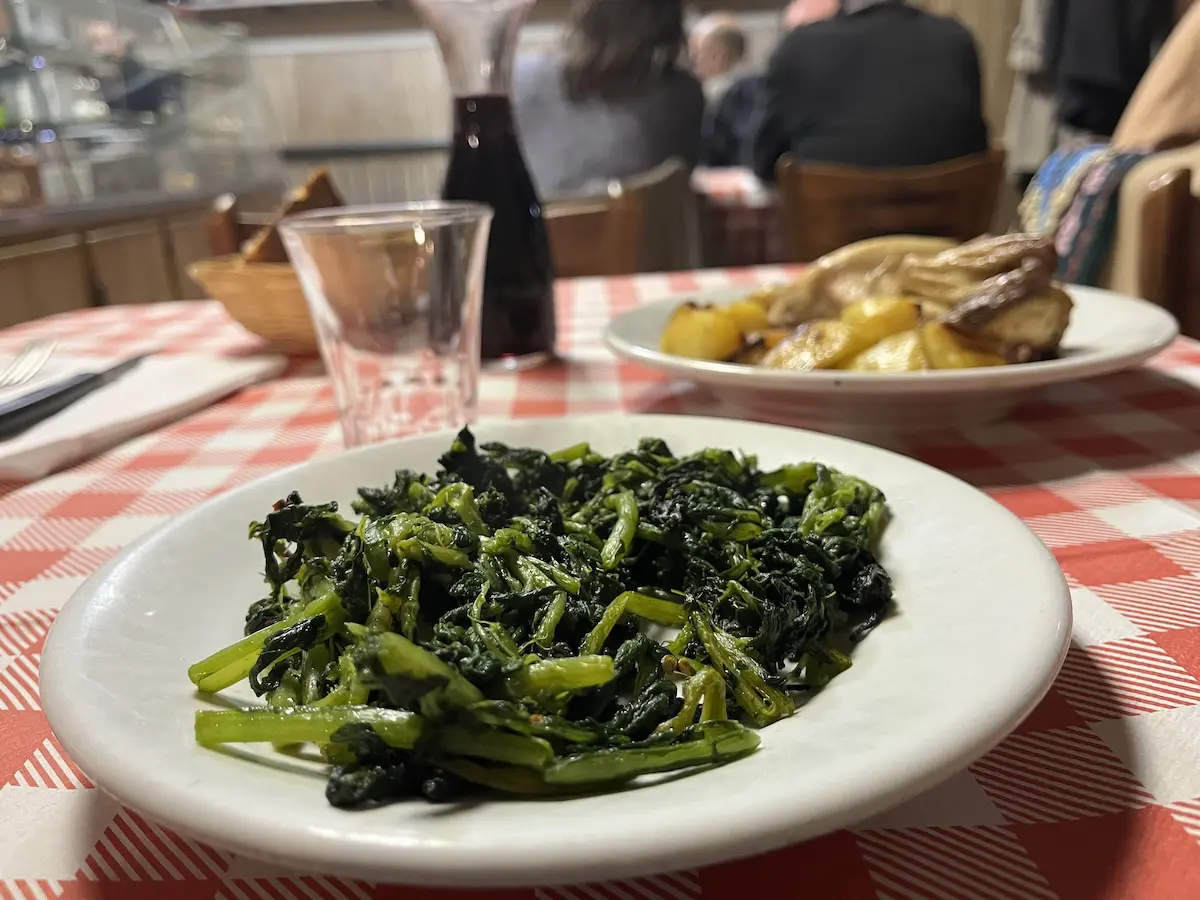 Why not every trattoria should be written about
Why not every trattoria should be written about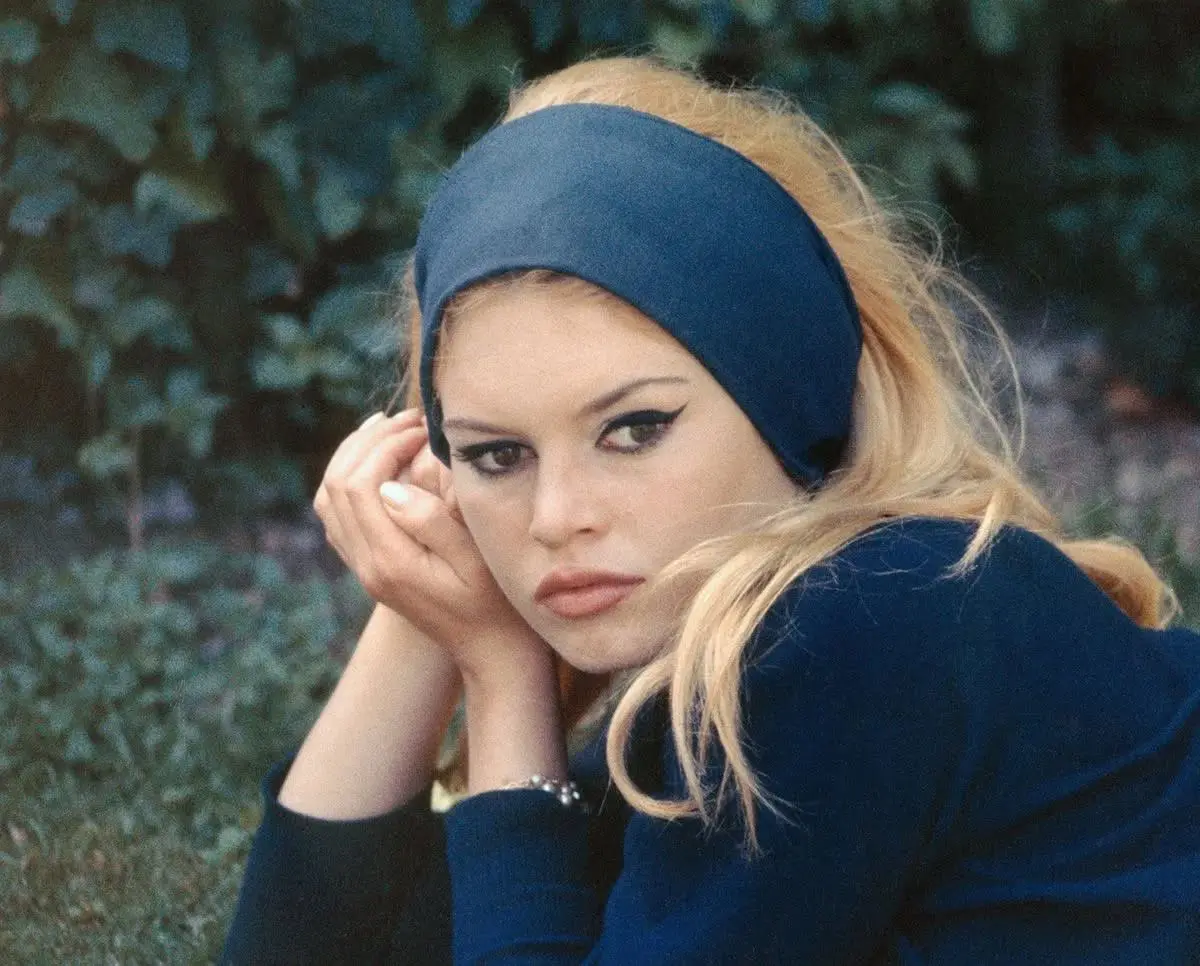 Brigitte Bardot’s final rosé: the wine that marks the end of an icon
Brigitte Bardot’s final rosé: the wine that marks the end of an icon What you need to know about Italy's new decree on dealcoholised wine
What you need to know about Italy's new decree on dealcoholised wine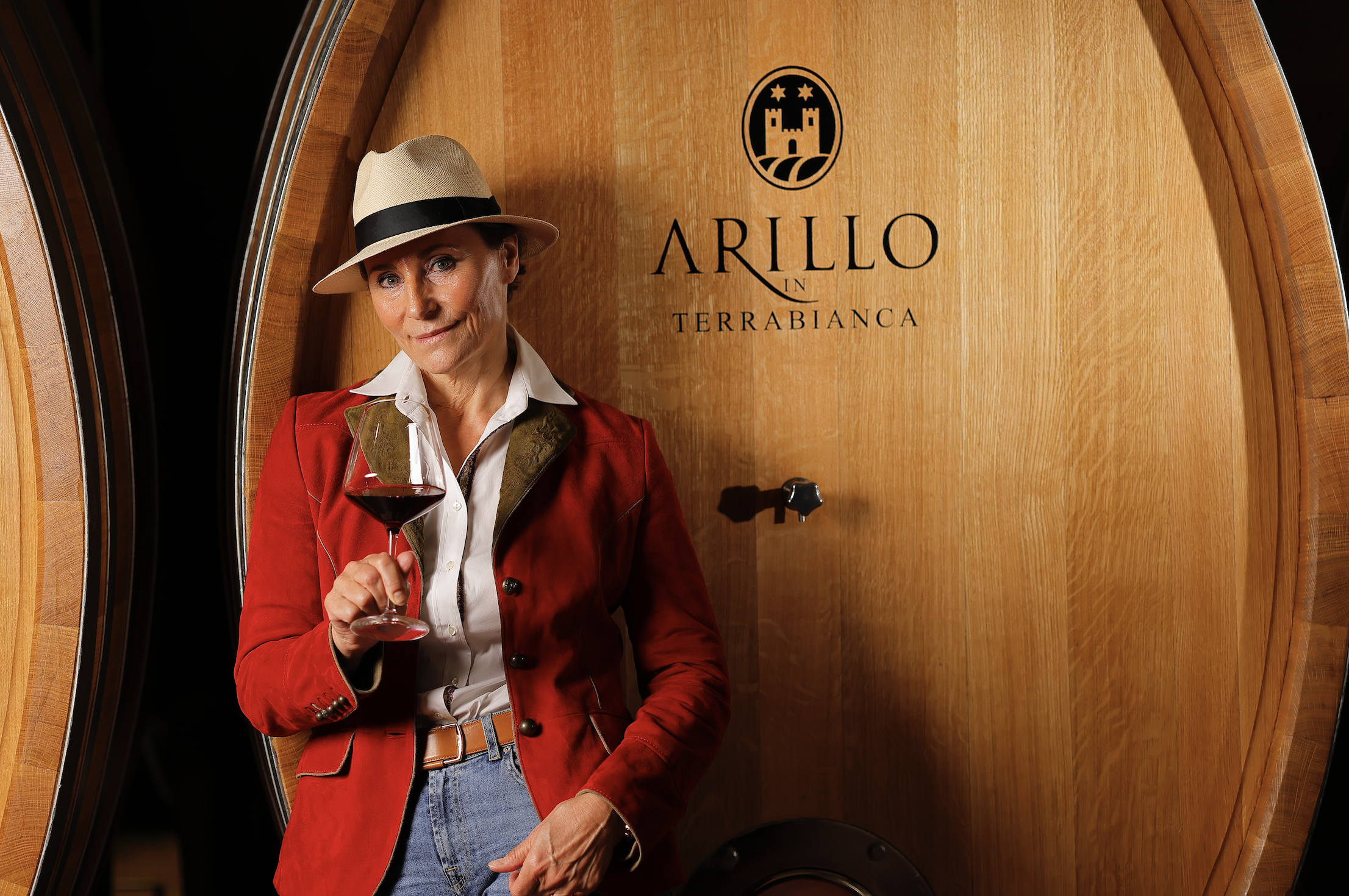 Why Arillo in Terrabianca's organic approach is paying off
Why Arillo in Terrabianca's organic approach is paying off